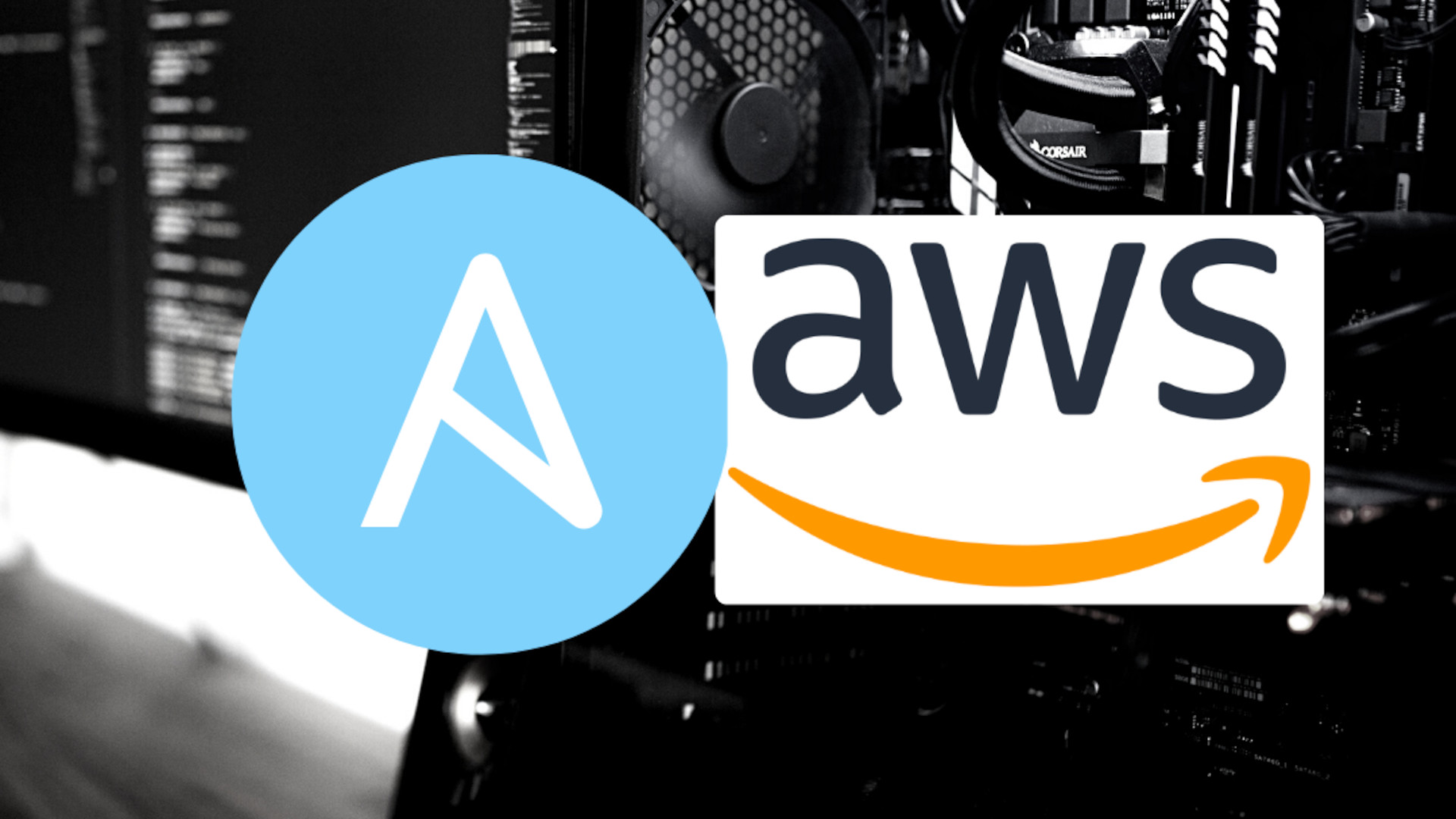How to Configure Ansible Dynamic Inventory for VMware
Automating your Amazon Web Services (AWS) Infrastructure with Ansible enables you to achieve Infrastructure as Code (IaC). Using IaC, you can automate your workflows and CI/CD pipelines, helping you meet critical business demands faster.
☁️ Elevate your cloud automation game with “Ansible for AWS”! 🌐 Whether you’re a cloud architect, DevOps engineer, or IT professional navigating the AWS landscape, this curated collection of tutorials and guides will help you master Ansible for seamless automation within Amazon Web Services environments.
AWS Automation with Ansible
Introduction to Ansible for AWS:
Kickstart your journey with a comprehensive overview of Ansible’s role in orchestrating AWS resources. Delve into the foundational concepts that make Ansible a powerful tool for AWS automation.
Setting Up Ansible for AWS:
Follow step-by-step guides on configuring Ansible for optimal AWS integration. Learn best practices for setting up your environment and managing AWS infrastructure as code.
AWS Resource Provisioning:
Unleash the power of Ansible for automating the provisioning of AWS resources. Explore how to dynamically create and manage EC2 instances, S3 buckets, and more.
Configuring AWS Environments:
Explore Ansible Playbooks for efficiently configuring and maintaining AWS environments. Master the art of managing AWS settings, networking, and security configurations.
Securing AWS Deployments with Ansible:
Learn how Ansible enhances security within AWS environments. Explore best practices for implementing security measures, IAM policies, and compliance checks.
Multi-Region and Multi-Account Deployments:
Dive into advanced strategies for managing AWS resources across multiple regions and accounts. Explore Ansible Playbook techniques for orchestrating complex, cross-environment deployments.
Scaling and Auto-Scaling Strategies:
Discover how Ansible enables efficient scaling and auto-scaling of AWS resources. Explore strategies for dynamically adjusting resources based on demand.
Troubleshooting AWS Automation:
Equip yourself with troubleshooting skills to address common challenges in AWS automation using Ansible. Learn effective debugging techniques for enhancing the reliability of your AWS automation workflows.
Empower yourself with the skills to revolutionize AWS automation using Ansible! Whether you’re managing infrastructure, configuring settings, or ensuring the security of your AWS environment, this guide is your comprehensive resource for mastering AWS cloud automation. Elevate your AWS game and streamline your cloud management workflows today! ☁️✨
Key Sections for Beginners
Configure Ansible for AWS:
Ansible provides various modules to manage AWS infrastructure, including EC2, VPC, Security Groups, and more. This section shows how to prepare your Ansible controller to interact with AWS infrastructure.
- Configure Ansible for AWS - ansible collection amazon.aws
- Configure a Python Virtual Environment for Ansible AWS - ansible collection amazon.aws
- How to install Ansible in Amazon Linux 2
- Create Network Infrastructure on AWS using Ansible Modules
Amazon EC2 Automation
Amazon EC2 offers secure and resizable compute capacity for various workloads. The combination of this processing power and Ansible helps you achieve incredible milestones.
- Search for AWS EC2 AMI ID by Region - Ansible module ec2_ami_info
- Automating Your Cloud Infrastructure with Ansible: Creating AWS EC2 Instances Made Easy
The Best Resources Ansible For Amazon Web Services (AWS)
Video Course
eBook
Amazon S3 Automation
Amazon S3 is a scalable object storage service for managing large amounts of unstructured data. Ansible simplifies creating and managing S3 buckets.
Amazon IAM Automation
Amazon IAM manages access to AWS resources, allowing you to securely define and enforce permissions. Ansible makes it easy to create and manage IAM users, groups, and policies.
Amazon ALB Automation
This guide provides a step-by-step tutorial for creating an Application Load Balancer (ALB) in AWS using Ansible, enhancing scalability and availability for your applications.
Troubleshooting Common Issues
Learn how to troubleshoot common issues with Ansible in AWS, from dependency errors to configuration challenges.
- Ansible troubleshooting - AWS Failed to import the required Python library (botocore or boto3)
- Failed installation of Ansible in Amazon Linux 2022 Preview
Conclusion
Now you know how to automate your Amazon Web Services infrastructure using Ansible, enabling you to streamline your workflows and accelerate your cloud management.
Subscribe to the YouTube channel, Medium, and Website, X (formerly Twitter) to not miss the next episode of the Ansible Pilot.Academy
Learn the Ansible automation technology with some real-life examples in my
Udemy 300+ Lessons Video Course.

My book Ansible By Examples: 200+ Automation Examples For Linux and aws System Administrator and DevOps

Donate
Want to keep this project going? Please donate
